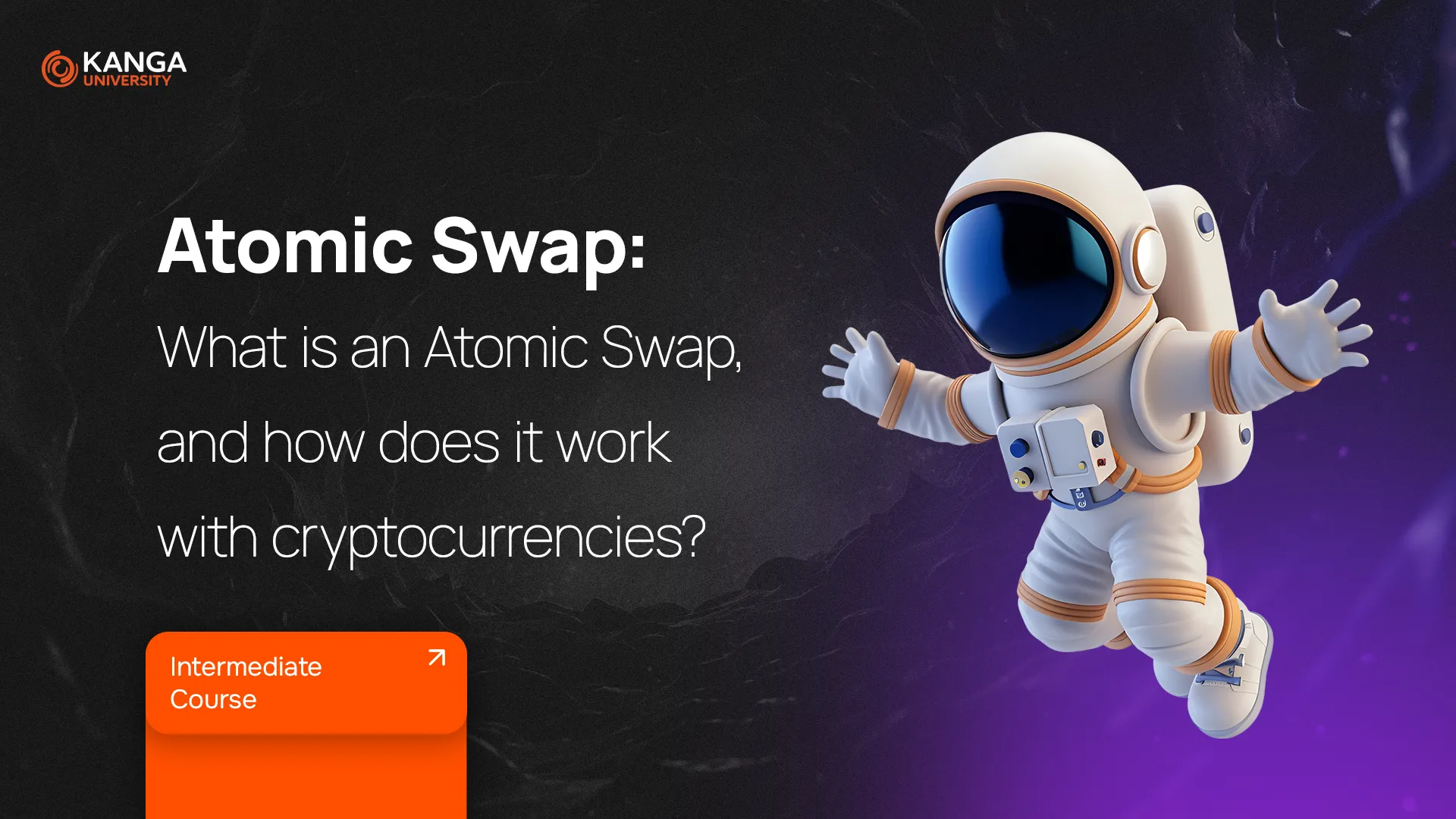
Imagine you want to swap Bitcoin for Ethereum, directly from your wallet, without going through a crypto exchange, without creating an account, and without paying high fees. That’s exactly what atomic swaps make possible.
They are one of the most exciting tools in decentralized finance (DeFi), giving users direct control over their assets and making crypto trading more secure and efficient.
What Is an Atomic Swap?
An atomic swap (also called a cross-chain atomic swap) allows two people to exchange cryptocurrencies from different blockchains — directly, without using a centralized exchange or third-party service.
The word “atomic” comes from computing and refers to an operation that either happens completely or doesn’t happen at all. There’s no halfway. In crypto terms, it means the swap is either fully completed by both parties or it’s automatically cancelled. No one can cheat or back out halfway.
Why Do Atomic Swaps Matter?
Today, if you want to trade Bitcoin for another crypto like Litecoin or Ethereum, you typically need to:
-
Register on a centralized exchange (CEX)
-
Send your Bitcoin there
-
Make the trade
-
Pay fees for trading and withdrawals
-
Wait for the platform to process your request
Not only is this inconvenient and expensive, but you also give up control of your crypto during the process. Atomic swaps eliminate this step entirely. You trade directly from your own wallet, and you stay in control of your private keys the entire time.
How Do Atomic Swaps Work?
Atomic swaps rely on smart contracts — self-executing code that runs on the blockchain.
Specifically, they use Hash TimeLock Contracts (HTLCs). This is a special type of smart contract that locks funds until certain conditions are met. Here’s what happens:
-
Two users agree to a swap (e.g. 0.5 BTC for 200 XRP).
-
The smart contract creates a cryptographic lock for both users.
-
Both parties must confirm the trade within a set time limit.
-
If both confirm, the swap completes.
-
If one party fails to confirm, the contract expires, and everyone gets their original crypto back.
This protects both sides and ensures that no one loses funds if the other person changes their mind or disappears.
Real-World Example
Let’s say Anna wants to trade 0.5 BTC for Leo’s XRP. They use a crypto wallet that supports atomic swaps. The contract generates a secret code (a hash) to secure the transaction. Both sides confirm the trade using this code within the time limit. If they do, the swap is completed automatically. If not, the deal is cancelled and everyone keeps their original assets.
What Makes Atomic Swaps So Valuable?
Atomic swaps solve several problems that centralized crypto platforms can’t:
-
Security: No need to hand over your private keys or trust a third party.
-
Lower fees: You avoid trading, withdrawal, and platform fees.
-
Faster: No waiting for exchange approval or account verification.
-
True ownership: You never give up custody of your crypto.
This is a big step forward for decentralized finance (DeFi), where users want full control and privacy in how they manage their digital assets.
Are There Any Downsides?
Like any new technology, atomic swaps have some limitations:
-
Still new: The technology is still maturing. Not all wallets and blockchains support it yet.
-
Complexity: The process isn’t beginner-friendly. Developers are working on more intuitive interfaces.
-
Limited trading pairs: Only some cryptocurrencies can be swapped this way for now.
-
No fiat support: Atomic swaps only work with crypto. You can’t use them to buy or sell euros, dollars, or other traditional currencies.
Summary
Atomic swaps are an innovative way to trade crypto across blockchains without giving up control or paying unnecessary fees. They offer:
-
Direct wallet-to-wallet trading
-
No need for an exchange account
-
Complete transaction transparency
-
Increased security and privacy
They are not perfect yet, but as adoption grows and tools improve, atomic swaps could become a standard in the crypto space — especially for users who value independence and efficiency.